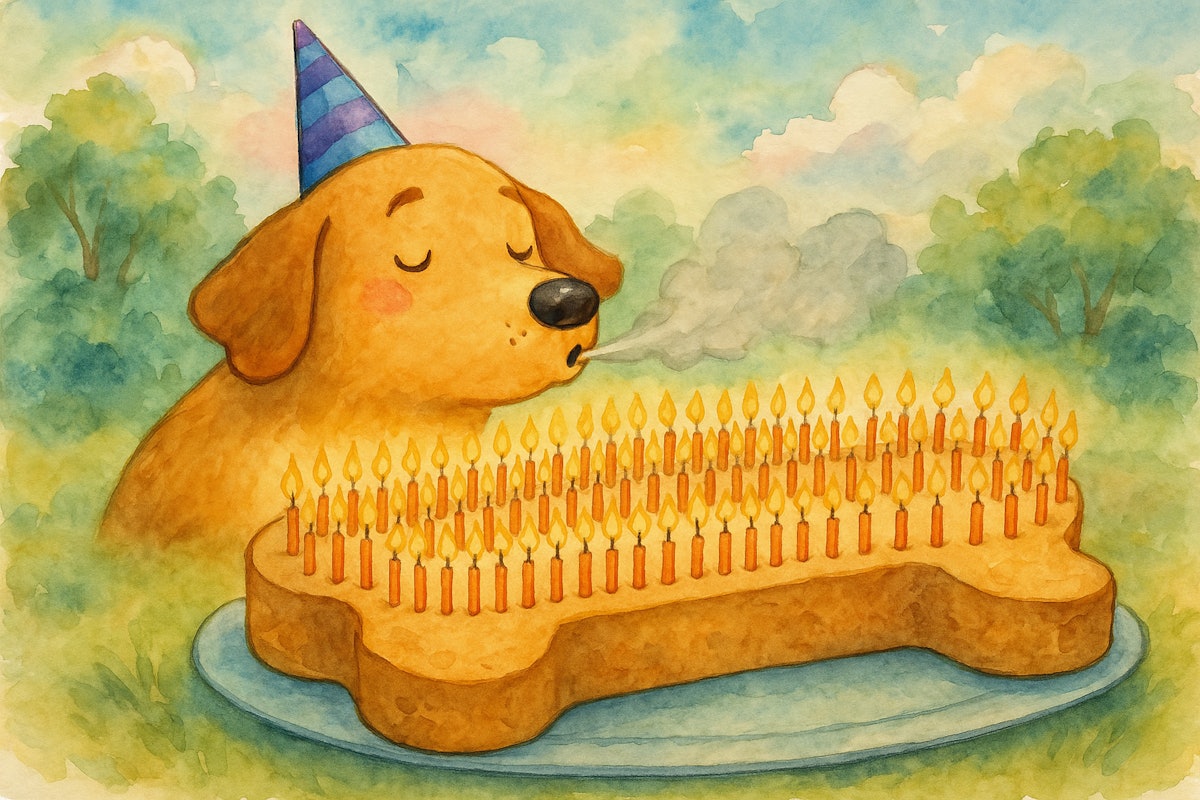Pet-related consumer spending in the United States has demonstrated consistent expansion over the past 100 years, maintaining upward momentum even during periods of economic stress such as the Great Recession and the pandemic. Data from the U.S. Bureau of Economic Analysis, compiled by the Federal Reserve Bank of St. Louis, shows that inflation-adjusted expenditures in this category rose from nearly zero in the early 1930s to surpass US$180 billion by 2023. This trajectory reflects a deepening cultural attachment to pets and growing household capacity to allocate discretionary funds toward animal care.
From the 1930s onward, spending on pets increased gradually, with more noticeable acceleration beginning in the 1960s and continuing through the 1980s. This trend mirrored broader socioeconomic changes, including rising disposable incomes, suburban development, and a shift in how pets are perceived—increasingly as integral family members rather than mere animals. The pace of spending growth quickened further in the 1990s and early 2000s, supported by economic expansion and the rise of dual-income households, which expanded available budgets for non-essential goods and services.
Although recessions in 2001 and 2008 led to temporary slowdowns in spending growth, they did not reverse the overall trend. Even after the 2008 financial crisis, outlays on pet food, veterinary care, grooming, and accessories continued to climb, highlighting the sector’s resilience. Analysts often point to the emotional connection between owners and their pets as a key factor, turning what might be considered discretionary spending into a near-essential expense for many.
The most dramatic surge occurred post-2010, when pet-related personal consumption more than doubled by 2023. This period coincided with rising household wealth and increased pet ownership rates. The onset of the COVID-19 pandemic further amplified demand, as millions of Americans adopted pets during lockdowns and invested heavily in their well-being.
A strong correlation exists between real disposable income per capita and spending on pets. According to Federal Reserve data, real disposable income per person was approximately US$7,946 in 1939, rising to about US$52,830 by August 2025—a more than sixfold increase over 85 years. This long-term growth in financial capacity helps explain the sustained rise in expenditures on pet products and services, indicating that the trend is driven not just by inflation or pet population growth, but by genuine increases in consumer willingness and ability to spend.
— news from PetfoodIndustry
— News Original —
For 100 years, U.S. pet spending rose despite economic downturns
Personal spending on pets, pet products and related services in the United States has grown consistently for nearly a century, showing resilience through periods of economic downturn, like the Great Recession and pandemic. According to U.S. Bureau of Economic Analysis data published by the Federal Reserve Bank of St. Louis, inflation-adjusted personal consumption expenditures in this category have expanded from near zero in the early 1930s to more than US$180 billion by 2023. n nPet food spending growth in the 20th century n nU.S. Bureau of Economic Analysis data published by the Federal Reserve Bank of St. LouisThe chart above illustrates a near-continuous upward trajectory in pet-related spending from 1930 to the present. Despite periodic U.S. recessions, marked on the chart in gray, consumer expenditures in the pet sector experienced only temporary slowdowns, rarely plateauing and never declining significantly. n nThroughout the 20th century, pet-related expenditures increased modestly, particularly from the 1960s through the 1980s. This gradual rise paralleled gains in household disposable income, suburbanization and a cultural shift toward viewing pets as family members. The pace of growth accelerated in the 1990s and early 2000s, likely supported by economic expansion and increased dual-income households, which provided more discretionary spending capacity. n nEconomic challenges and rapid growth in the 2000s n nThe 2001 and 2008 recessions caused some deceleration in spending growth but did not result in contractions. After the 2008 financial crisis, spending on pets continued to grow, reflecting the sector’s defensive nature. Industry analysts often attribute this resilience to the emotional bond between owners and pets, which tends to translate into non-discretionary spending habits. n nPost-2010, spending sharply accelerated. From 2010 to 2023, personal consumption expenditures in the pet category more than doubled. This period coincided with both rising household wealth and increased pet ownership rates. The COVID-19 pandemic further fueled this growth, as millions of Americans adopted pets and invested in their care during lockdowns. n nDisposable income correlated to pet food spending n nThe correlation between disposable income and pet expenditures indicates that as U.S. households gained economic ground, their spending on pet food, veterinary services, grooming and other pet products followed suit. While economic uncertainty can impact some discretionary categories, pet-related spending has shown itself to be more stable, making the sector a reliable growth area within consumer goods. n nThe Fed’s Real Disposable Personal Income: Per Capita (in chained 2017 dollars) data reflects the income households have available after taxes, adjusted for inflation. In 1939, real disposable income per capita was about US$7,946. By contrast, by August 2025 that measure had reached roughly US$52,830. This represents a more than six‑fold increase in real disposable income per person over roughly 85 years. n nThat long‑term rise in disposable income helps explain why spending on pets, pet food and related services has steadily climbed. The increase in per‑person disposable income, rather than simply pet food price inflation or pet population growth, points to real growth in consumers’ discretionary budgets for pet food and similar products.
